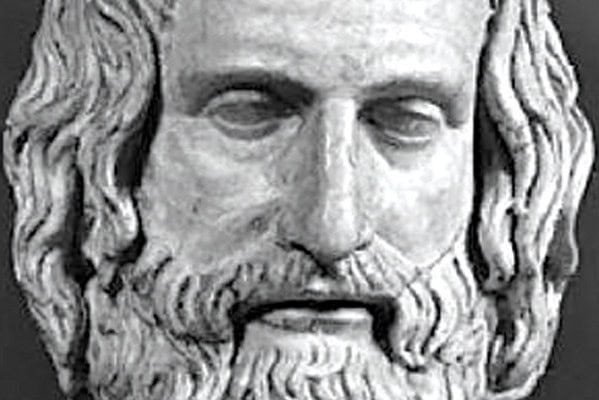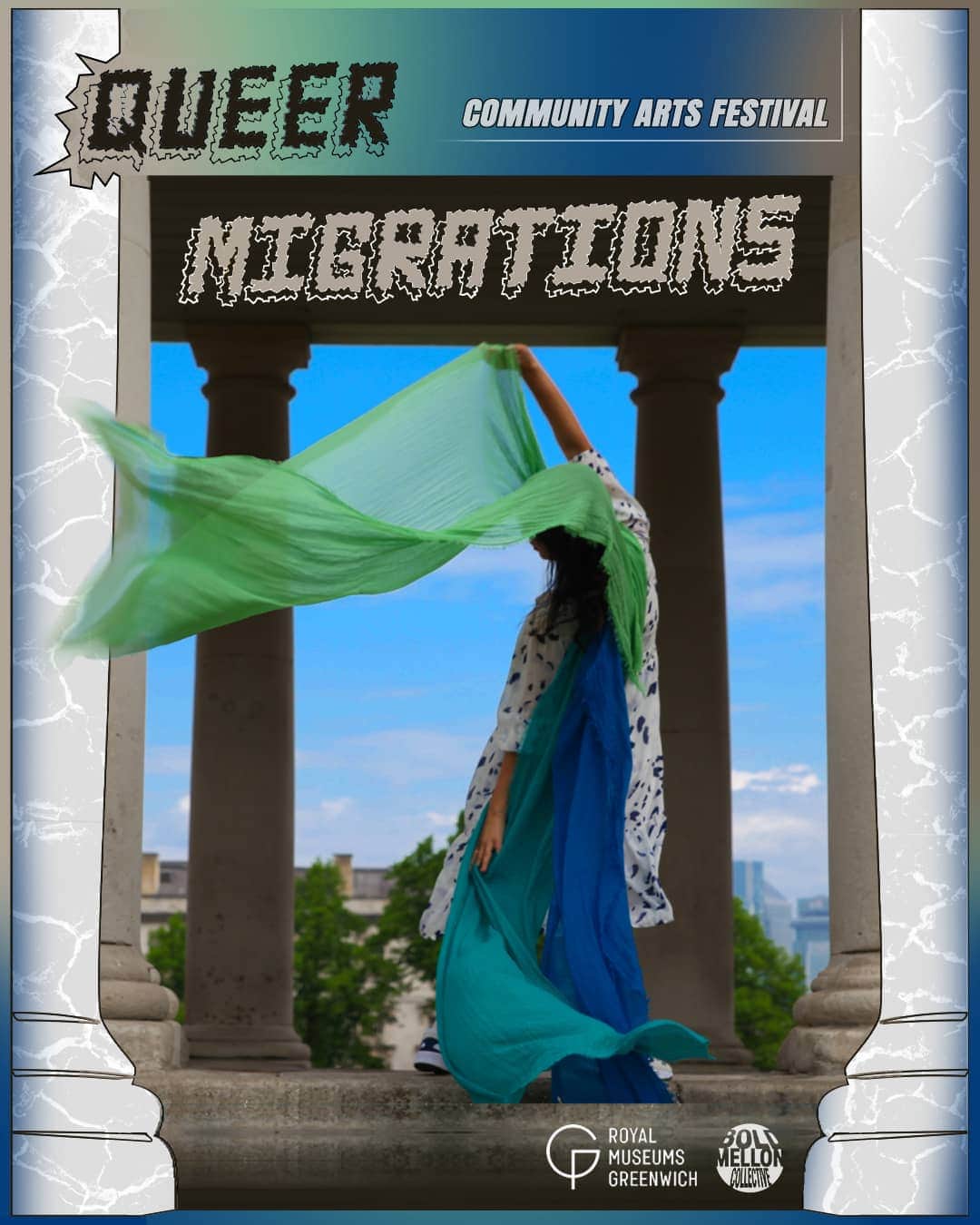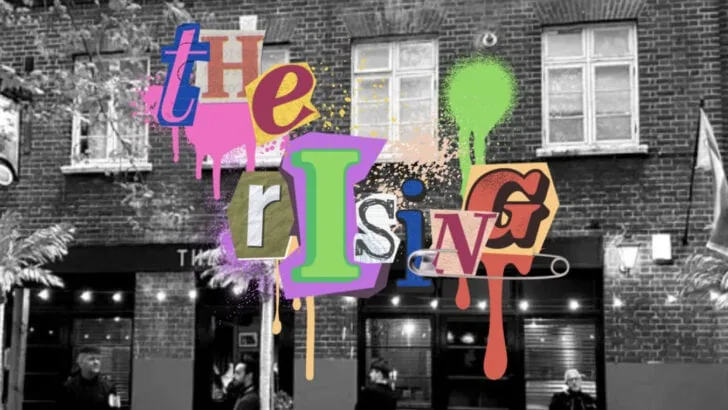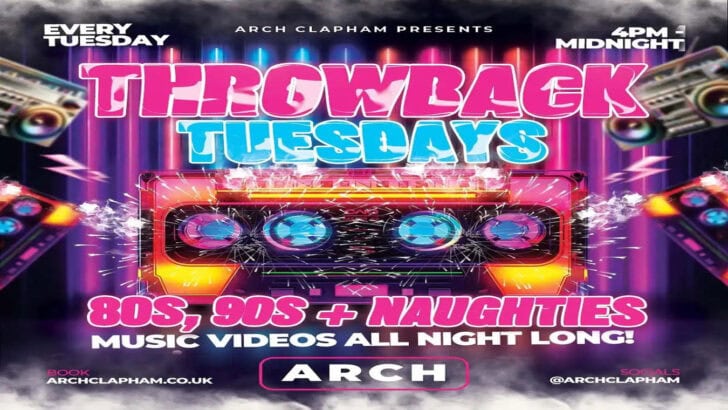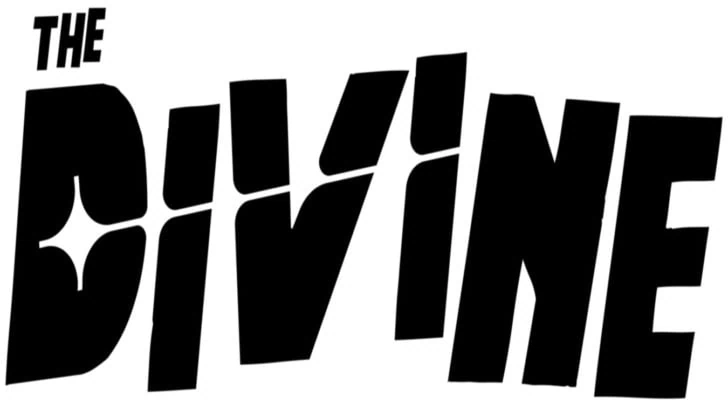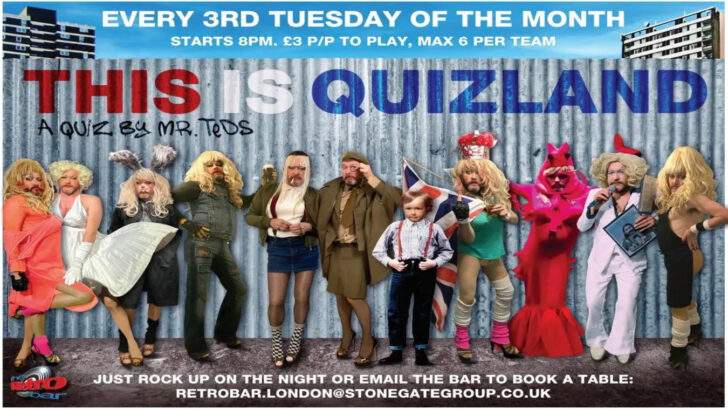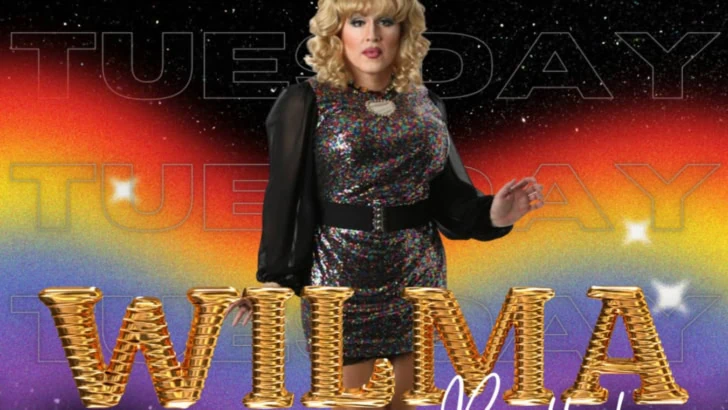David McGillivray’s gay history series. Part 1 of many: 2,500 years of gay theatre.
DRAMA QUEENS PART 1: Ancient Greece Gay Theatre
VANITY AND LOVE OF APPLAUSE
A can of sexually ambiguous worms will be opened over the next few weeks. It appears to us today that gay men have been represented on the stage since theatre began. But we can’t possibly know for sure what those characters meant to the audiences who saw them. Our concept of homosexuality has existed only since the late 19th century. Prior to that there was no openly gay culture, only sodomy – acceptable as a rite of passage in Ancient Greece and Rome, condemned as a sin thereafter. Even during most of the 20th century, while homosexuality remained a crime, characters that now seem queer to us were never identified as such. “When do fussy bachelors and mannish spinsters get to be perceived as homosexuals?” asks historian Alan Sinfield.
Strictly speaking there is no gay theatre as we understand the phrase until the 1960s. What is gay theatre? Michael Paller, author of Gentlemen Callers, astutely defines it as a tacit acknowledgment “that there are homosexuals on both sides of the footlights.” Gay plays don’t have to be written by gay men. More confusingly some gay plays have no gay characters in them. To understand such anomalies, we have to travel much farther back in time than the 1960s. For one reason, most historians agree that theatre and gay men go together like Hinge and Bracket. “Theatre and homosexuals are inseparable companions,” confirms Carl Miller, author of Stages of Desire, “intimately involved with each other for as long as anyone can tell.”
TO READ MORE OF THIS AND THE REST OF THE ILLUSTRATED SERIES CLICK BELOW
https://qxmagazine.com/2019/05/drama-queens-part-1-ancient-greece/
